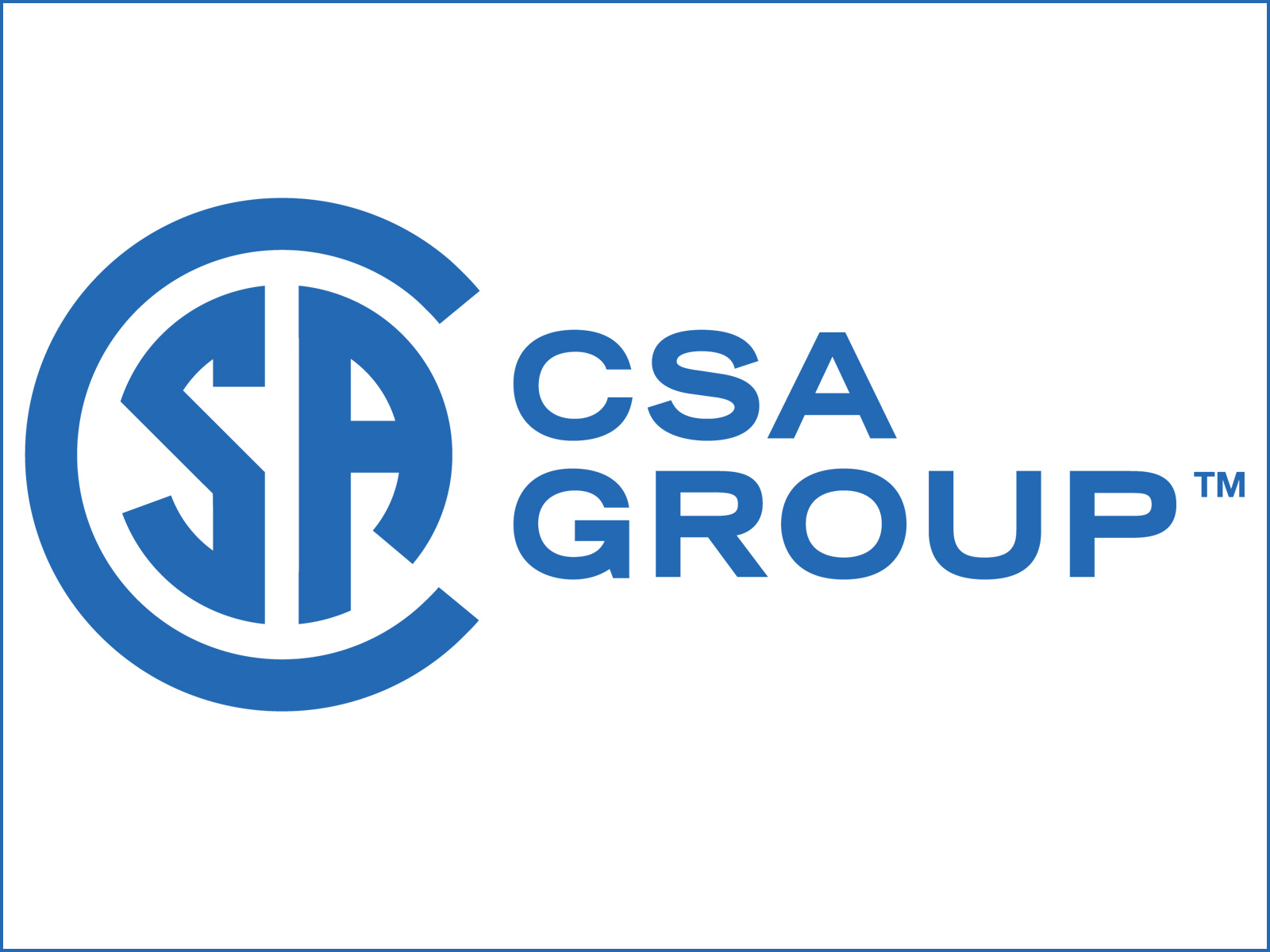CSA Group standards and research provide guidance on accessibility for buildings and dwellings
In everyday life, Canadians living with a disability may have fewer options when accessing stores, offices, and transportation services, or communicating with others. Over the past two decades, municipalities, provinces, and territories across the country have developed various policies aimed at improving accessibility of buildings and dwellings. CSA Group standards and research support these efforts, helping Canada reach its goal of becoming a barrier-free country by 2040.
The first CSA Group accessibility standard sparked significant improvements
The first edition of the standard CSA B651, Barrier-free design (now CSA/ASC B651, Accessible design for the built environment), was published in 1990. It brought requirements that may seem basic today but were considered extraordinary at the time. Features such as ramps at main entrances, wider doors, handrail extensions, or expanded washroom stalls helped improve overall access to public and private spaces for people with disabilities.
Since its first edition, the standard has evolved significantly. Later updates added enhanced guidance on elements serving mobility, reaching, manipulation, hearing, visual, and other spatial needs of people with a range of physical, sensory, or cognitive disabilities.
People with lived experience bring their perspectives to the table
One-third of CSA Group volunteer members who worked on the standard and its updates live with a disability. Their perspectives and experiences, as well as insights from consultations with people living with disabilities helped inform the latest edition of the standard.
The 2023 edition, developed in collaboration with Accessibility Standards Canada (ASC), updated various dimensions, including reach ranges for a person in a wheeled mobility device, walkway width for people using crutches, walkers, or being accompanied by a service animal, and detection space for people using a long white cane. These changes reflect the latest anthropometric (relating to the human body proportions) data.
A new CSA Group standard addresses the accessible design of dwellings
People living with disabilities have specific needs for the places where they live, including easy access to basic human needs such as food, hygiene, and rest areas. However, most Canadian dwellings were never designed with accessibility in mind.
The standard CSA/ASC B652:23, Accessible dwellings, aims to address this challenge. It provides requirements and recommendations for the design, construction, and alteration of a variety of dwellings—from detached houses and townhouses to apartments, condominiums, hotels, dormitories, or care facilities.
The standard provides evidence-informed guidance and best practices for design of various elements of accessible dwellings to accommodate a person using an assistive mobility device, including position, operability, and functionality of handles, locks, light switches, and other home operating controls. It also includes recommendations for exterior elements, such as access ramps, garages, and landscaping.
The standard also provides requirements for floors and ground surfaces, with additional considerations for people with different disabilities, for example, people with limited vision, environmental intolerances, or those using assistive mobility devices.
To help homeowners, builders, or contractors apply the requirements and recommendations of the standard CSA/ASC B652:23, CSA Group, with support from Accessibility Standards Canada, developed a new interactive PDF tool. Using the tool, users can simply select a specific area of a dwelling and get a summary of requirements, recommendations, and considerations that may impact and improve its accessibility.
CSA Group will continue to strengthen its accessibility standards
Over the next decade and beyond, CSA Group plans to work with industry and regulators to help ensure that our portfolio of standards focused on buildings and dwellings continues to evolve while also applying an ‘accessibility lens’ across a range of other CSA Group standards.
Our accessibility research in areas ranging from connected and automated vehicles and platform lift design to new technologies for accessible design of self-service interactive devices will help inform future standards and updates. That way, CSA Group accessibility standards will continue to play an important role in building a barrier-free Canada.
Learn more about CSA Group standards and research for accessibility at csagroup.org/AccessibilityStandards.
CSA Group always strives to provide up-to-date and accurate information. However, no representation or warranty, expressed or implied, is made that this information meets your specific needs, and any reliance on this information is at your own risk. Please contact CSA Group for more information about our services.














